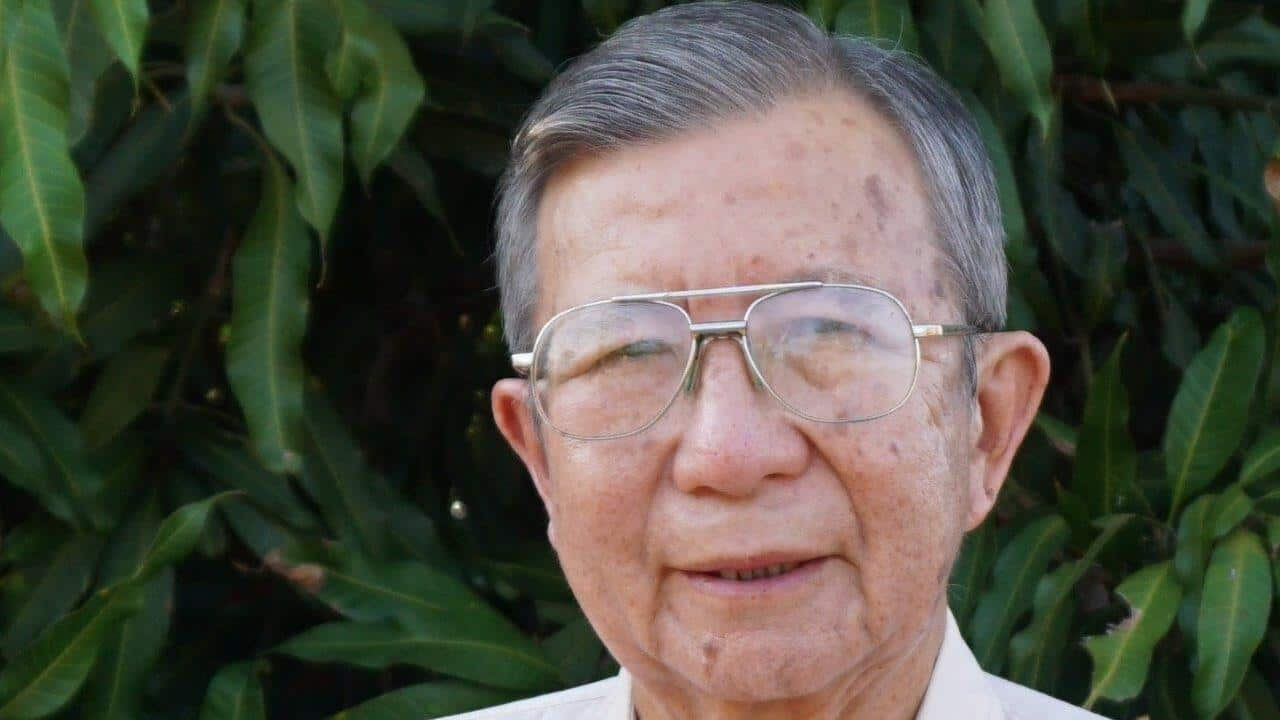Overall, there are 5.5 million people (5,663,709) who speak a language other than English at home, an uptick of 800,000 people from 2016, comprising around 22.3 per cent of the total population of 25.5 million people (25,422,788) around the country.
Cherry Huang, who migrated from Taiwan more than 20 years ago, said she sent her child Brigid* to a Chinese school when she entered primary school, and the family had been communicating at home in Mandarin for years.
“That’s the only chance for her to practice, as she would only be using English at school,” she said.
It’s definitely difficult [for children to learn Chinese or other ethnic languages in Australia]. There’s no environment as such.
To encourage Brigid learning the language, Ms Huang used to show her kids’ programs on the television and play Chinese audio CDs.
She said it was very important for the future generations to learn the Chinese language, given its position as one of the most spoken languages in the world.
“[Apart from that,] knowing a second language is always an important skill, career wise,” Ms Huang said.
After Mandarin, Arabic remains as the third most commonly spoken language at home by Australians, with just over 367,000 people speaking the language (1.4 per cent).
Vietnamese has passed Cantonese as the fourth most commonly spoken language at home, with 320,758 people (1.3 per cent) speaking the language.
In the latest Census, the number of Cantonese speakers increased by about 15,000 to 295,281, composing 1.2 per cent of the total population.
The number of people using Punjabi at home has from the last Census five years ago, with over 239,000 people now speaking the language.
Increasing children’s exposure to Chinese in an English-dominated society
Hong Kong migrant Ian Lee arrived in Australia 25 years ago. He started sending his Year 1 daughter Scarlett to a Chinese school last year.
He said he hoped his daughter would be able to communicate with the older generations, as well as learn more about the Chinese language and culture.
However, since English was the dominant language used in Scarlett’s daily life and learning at school, Mr Lee said it was easy for her to forget the language skills she learnt at the weekly Chinese lessons. For that reason, he insisted that Scarlett used Cantonese to communicate at home, hoping that it would become a habit for her.
For that reason, he insisted that Scarlett used Cantonese to communicate at home, hoping that it would become a habit for her.

Mr Ian Lee and family. Source: Supplied/ Ian Lee
“If you don’t insist [on the use of Chinese] at home, she will miss out the good opportunities to learn the language,” he told SBS Chinese.
Macquarie University sociology and demography expert Professor Fei Guo that the evolving mix of languages commonly used by Australians was reflective of the changes in the demographic and linguistic make-up of new migrants.
She pointed to the fact that in this year’s Census results, Mandarin remained ranked second after English, while Cantonese was still ranking relatively highly.
“These two combined still represent a big proportion of population that speaks a language other than English,” Professor Guo said.
“Although a large number of migrants were born in India, the languages they use are more diverse, and not as concentrated as the Chinese languages.
“From a language point-of-view, the (linguistic) diversity brought by Indian migrants is not the same as the diversity brought by Chinese migrants.”
As to whether Mandarin and Cantonese would continue to dominate as among the most commonly used languages, Professor Guo said that would depend on the profile and features of newly arrived migrants in the foreseeable future.
“It is always looked at in a relative sense. When compared with other languages, they [Mandarin and Cantonese] are still dominating, but it would be difficult to say in the next few years,” Professor Guo added.
SBS News:
‘A great strength for Australian society’: Multicultural leaders praise nation’s ‘growing diversity’
Stanley Wang, Principal of bilingual school Abbotsford Primary School in Melbourne, admitted that it was difficult for children to develop Chinese proficiency in Australia, despite the “increase in the consciousness around the importance of keeping Chinese”.
He said it was great to see in the Census that Mandarin had maintained its place as the most commonly used language other than English, but that the number of Mandarin-speakers, compared to the dominant language of English, was very minuscule.
Mr Wang suggested families do an “audit of the language ecosystem around their children”, and attempt to increase the proportion of ethnic languages used in children’s daily lives.
“For example, if I was looking at a six-year-old child, I might realise that they only speak English at school. And after school when he or she goes to tennis or violin, they’re only speaking in English again,” he said.
“But maybe this is an opportunity where I can find a tennis coach who is bilingual, who can speak Chinese. And I use that opportunity to try and make sure there’s a bit more Chinese in this child’s life.”

Mr Stanley Wang, Principal of Abbotsford Primary School. Source: Supplied/ Stanley Wang
‘Language is closely connected to culture and identity’
Mr Lee said the family also celebrated traditional Chinese festivals together, such as Lunar New Year and the Dragon Boat Festival, providing his daughter with the chance to experience and appreciate Chinese culture.
He said he believed, together with many other families, that encouraging children to learn the language could play a big role not only in retaining the Cantonese language, but also in passing it on to future generations.
Mr Wang agrees it is extremely important to retain not only the Chinese language, but also other languages of other ethnic communities as well.
Language is very closely connected to culture and identity.
“To understand who you are as a person, there will always be a part that you cannot access about your own cultural or heritage, if you don’t speak the language.”
He said, on the other hand, there are also economic and pragmatic reasons for learning the Chinese language.
SBS Punjabi:
Speaking at the launch of the 2021 Census, Dr Andrew Leigh, Assistant Minister for Competition, Charities and Treasury, said the document provided an invaluable snapshot of Australia and gave Australians a detailed picture of their communities.
The Census informed government of how and where it could engage, he said.
Dr David Gruen AO, Australian Statistician, said the Census captured the extend of linguistic diversity across Australia.
“2021 Census data collected information on . The information collected provides important data to help plan services and support for culturally and linguistically diverse communities at the local level,” he said.
* Name changed to protect privacy

